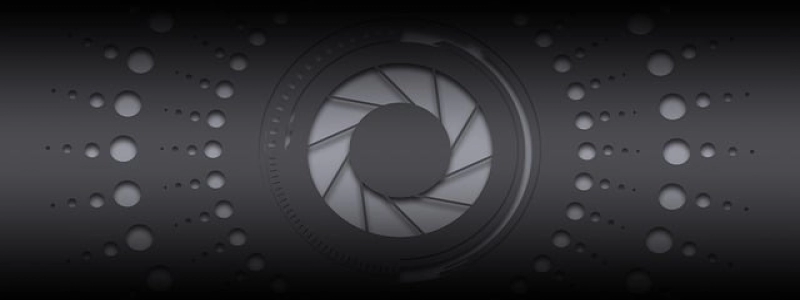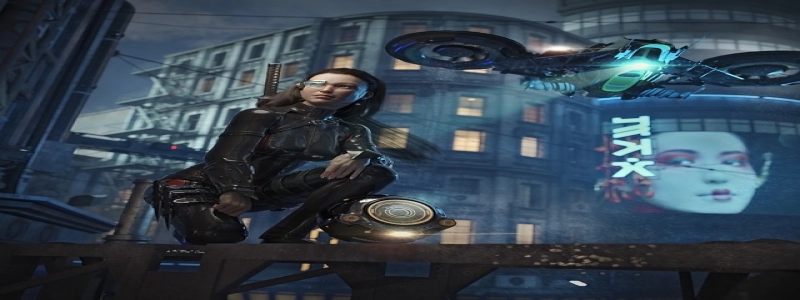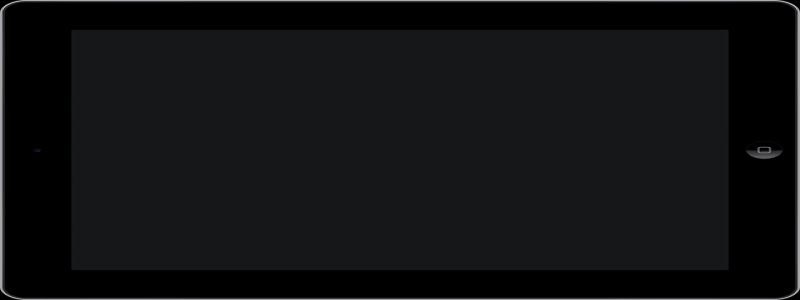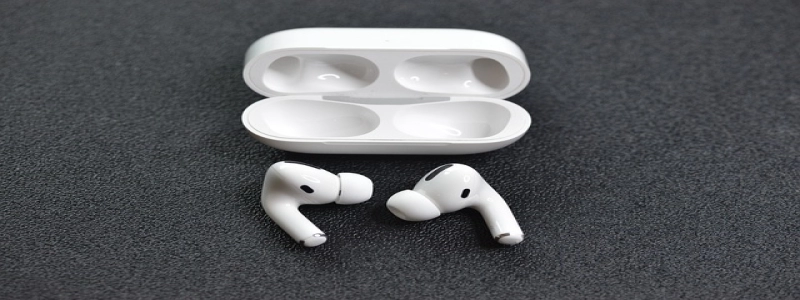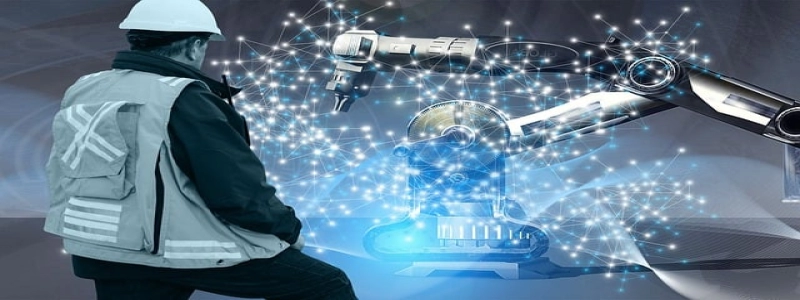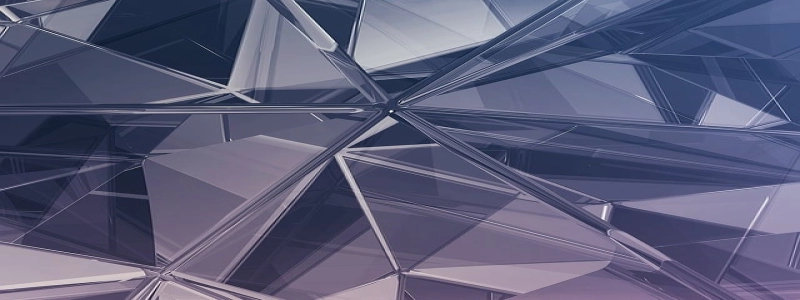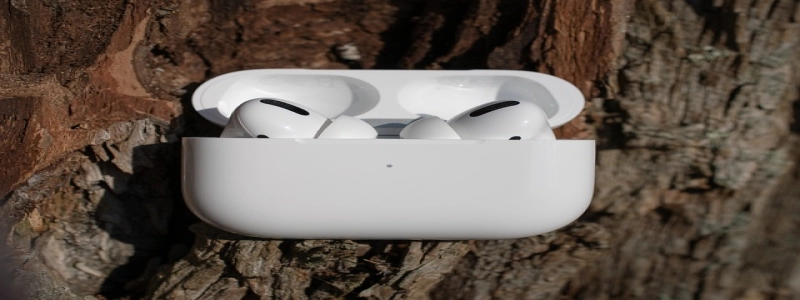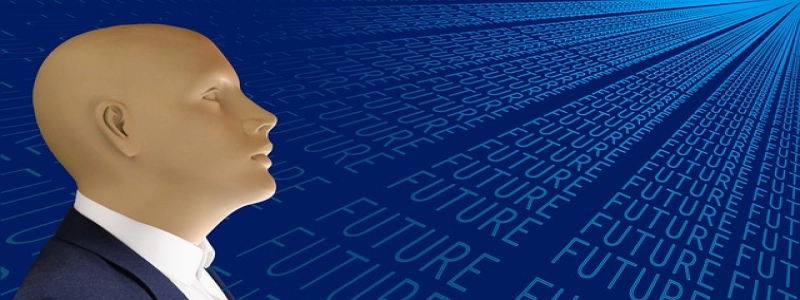What Does an Ethernet Cable Look Like?
Introduction:
In today’s digital age, Ethernet cables play a crucial role in facilitating internet connections. Whether you are setting up a home network or deploying a complex network infrastructure in an organization, having a basic understanding of what an Ethernet cable looks like is essential. In this article, we will explore the different components, variations, and functionalities of an Ethernet cable.
I. Ethernet Cable Overview:
Ethernet cables are physical cables used to connect devices within a local area network (LAN). These cables transmit data signals to establish a wired network connection. It is important to distinguish Ethernet cables from telephone cables, as they serve different purposes and have distinct characteristics.
II. Cable Components:
An Ethernet cable typically consists of several key components, including:
1. Twisted Pairs: The core element of an Ethernet cable is the twisted pairs of copper wires. These pairs are twisted together to reduce electromagnetic interference and crosstalk, ultimately improving the cable’s performance.
2. Insulation: Each twisted pair of wires is individually insulated with a plastic coating. This insulation protects the wires from external interference and prevents short circuits.
3. Sheath: The entire cable is covered with a protective sheath, usually made of PVC or LSZH (Low Smoke Zero Halogen) material. The sheath provides additional insulation and protects the cable from physical damage.
III. Cable Categories:
Ethernet cables are categorized based on their performance capabilities and maximum data transmission speeds. The most commonly used categories are:
1. Cat5e: This category supports data transmission speeds up to 1000 Mbps (1 Gigabit per second) and is suitable for most home networks and basic office setups.
2. Cat6: Cat6 Ethernet cables offer improved performance compared to Cat5e, supporting data transmission speeds up to 10 Gigabits per second (Gbps). They are often used in professional settings and where high-speed connections are required.
3. Cat6a: The \”a\” in Cat6a stands for augmented, indicating even higher performance compared to Cat6. Cat6a cables can support data transmission speeds up to 10 Gbps over longer distances without loss of signal quality.
IV. Cable Connectors:
Ethernet cables use specific connectors to attach to various devices. The most common connector types are:
1. RJ-45: The RJ-45 connector is the standard connector used in Ethernet cables. It has eight pins and resembles a wider version of a telephone plug. RJ-45 connectors are used with twisted pair cables and can be easily inserted or removed from Ethernet ports.
2. TIA/EIA-568B and TIA/EIA-568A: These are the two most common wiring standards for Ethernet cables. TIA/EIA-568B is the most widely used standard, but both standards are compatible with Ethernet devices.
Conclusion:
Understanding what an Ethernet cable looks like and its various components, categories, and connectors is essential for establishing reliable and high-speed network connections. Whether you are a novice setting up a home network or a network administrator managing a large-scale LAN, having this knowledge will help you make informed decisions when it comes to selecting and installing Ethernet cables.
